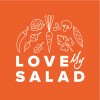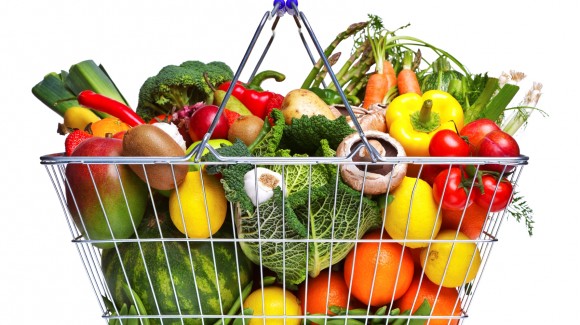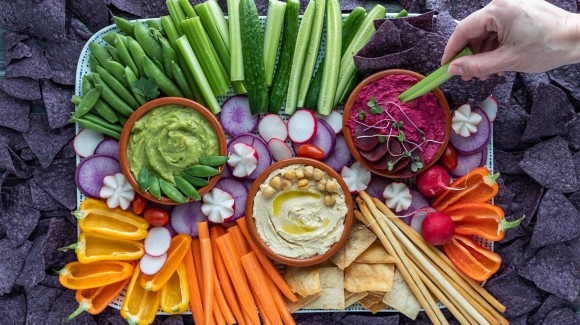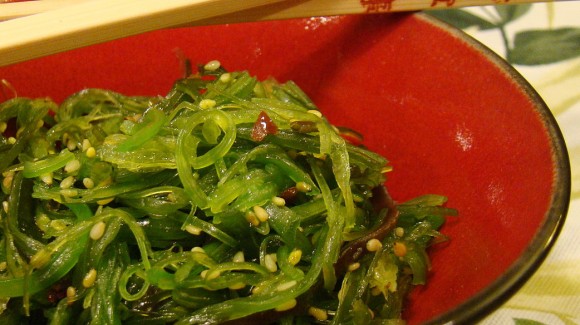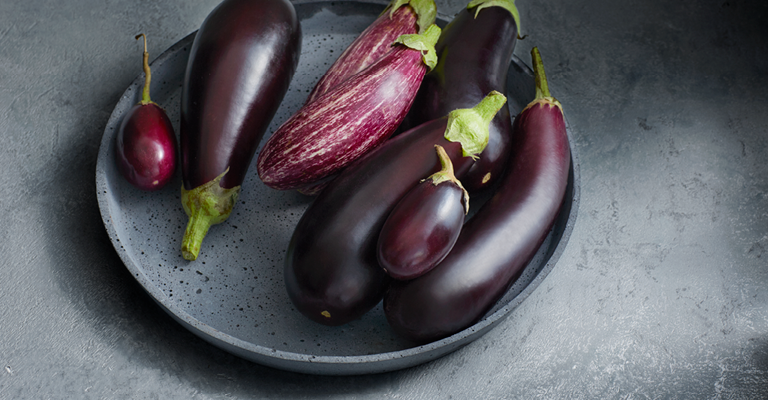
Health & Beauty
The food trends of 2015: Bitter vegetables, superfoods and clean eating
We spoke to food watcher, Anneke Ammerlaan to hear her thoughts on food trends in 2015. According to Anneke, innovation in the food industry is occurring everywhere. "We tend to think that trends move very fast and that is indeed the case with trendsetters, but it always takes a while before everyone has caught on." Notably, the latest food trends include a lot of fruit and vegetables, with the important pillars being health, flavour and society. Vegetarianism remains an important trend, "only now it's going further than before," Anneke says.
“The trend isn’t just ‘no meat’, but ‘clean’ eating overall. A vegetable like mushrooms is the new meat." Anneke sees a further evolution in relatively new products like quinoa. “One thing that will be totally ‘hot’ for the next two years is ‘slow carb’. That’s different from ‘low carb’; it revolves around products that give you a feeling of fullness for a longer time, and those include many ‘slow carbohydrates’. The glycaemic index (GI) indicates how quickly carbohydrates are digested in the intestine and absorbed in the blood as glucose, so products with a low GI are important. Examples of these include brown rice, pasta, legumes and fruit."
Natural health
As always, health remains an important issue. “People want to know what impact food has on their body. They used to consume drinks like Yakult to promote intestinal health, but now they are increasingly looking to food for the same benefits. Consumers are opting for more natural probiotics, such as sauerkraut," Anneke says.
Superfoods and ‘living foods’
Superfoods have been talked about for a while but they have now turned from a hype into a trend. Anneke sees consumers opting more for the ‘normal’ superfoods, such as blueberries and kale. “In addition to superfoods, ‘living foods’ are another new trend. One example is kefir, a milk drink which contains live bacteria – they have often been removed from regular yoghurt. Another way of preserving the good bacteria and not heating the product is fermentation.”
Bitter vegetables are back
Anneka speaks about the four tastes: sweet, salty, sour and bitter. In the near future, the focus will be on bitter. “Everyone knows that bitter food is often thought to be healthiest, and that is actually the case. In the past, vegetable breeders tried everything to remove the bitter flavour from certain vegetables. Now, bitter is allowed back into vegetables, so we’ll soon be eating Brussels sprouts and Belgian endive again. Bitter is the new trend. People want to taste the healthiness again.” The food watcher added that flavour is becoming increasingly important. “The word ‘deliciousness’ is also used here. That means more than ‘tasty’.”
Social trends
So who decides on these current and future food trends? According to Anneke it is the Millennials; "the group of people born between 1980 and 2000, are the main trendsetters, and they will educate the previous generation of baby boomers. Sustainability is very important for this generation, and the slogan ‘Love Food Not Waste’ suits them well. The words ‘small-scale’, ‘independent’, ‘local’ and ‘original’ characterise the Millennials and ‘side-stream’ products – ones that don’t fit the ‘norm’ – are totally ‘hot’. Then there are the trends of cradle to cradle, local and organic, which are all continuing to evolve. There is also an increasing number of ‘urban farming’ projects, in which urban spaces are used to grow fruit and vegetables. At the same time, this also has a social effect: it brings people closer to food and to each other."

